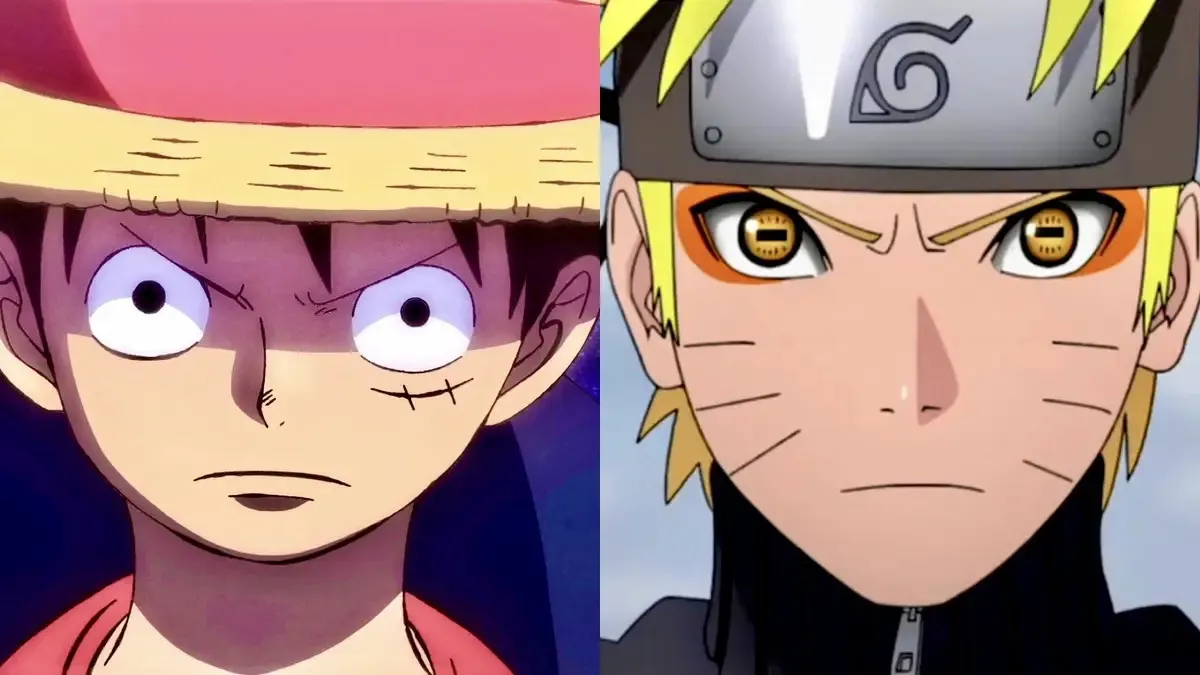A recent report by the Association of Japanese Animations (AJA) has brought to light Netflix’s continued practice of paying a flat licensing fee for anime distribution, without offering royalties even if the series becomes a hit.
This practice, which was referenced anonymously in the AJA’s report, has sparked concern among creators and rights holders, who have long been advocating for better compensation structures in the digital age. The AJA, which represents a large number of Japanese animation stakeholders, submitted its findings to the Japanese government’s Agency for Cultural Affairs during a hearing on appropriate compensation models.
While Netflix’s flat fee structure was not named directly in the AJA’s report, it is clear the streaming giant follows this model, offering upfront payments that are not tied to the success of the anime. The flat fee does not include additional royalties, even if the anime goes viral or becomes highly successful.
Netflix’s Flat Fee Model and Its Impact on the Anime Industry: A Rising Concern

In many cases, the AJA points out, rights holders do not have access to important marketing data, such as viewer demographics, which complicates the ability to assess the reach of the anime. Additionally, due to the flat fee model, rights holders are unable to perform royalty audits, making it difficult to determine if the compensation is fair based on the success of the anime. This lack of transparency, combined with delayed payments often in installments over several years, has raised further issues for creators.
In its Q3 earnings call on October 17, 2024, Netflix CEO Ted Sarandos defended the company’s model, arguing that paying upfront fees benefits creators by allowing them to focus on the quality of their projects without worrying about royalties tied to performance. Sarandos emphasized that Netflix’s approach minimizes financial risk for creators while enabling the platform to attract top talent.
However, despite the benefits of an upfront payment structure, critics argue that the creators who make the anime successful—such as animators and subcontractors—often do not see the financial rewards.

Nishii Terumi, an animation director known for her work on Jujutsu Kaisen 0 and Mawaru Penguindrum, explained that while Netflix offers higher licensing fees compared to other companies, these payments often do not make their way down to the creators. Instead, the funds typically go to investors and the production committees, leaving many animators, especially subcontractors, underpaid and working under poor conditions.
Despite this, Netflix has argued that it benefits the broader industry by requiring invoices from all levels of the production chain, allowing for proper auditing and cutting out middlemen. Netflix also provides licensors with detailed insights, such as rankings and engagement reports, which are intended to help them leverage future licenses and improve marketing efforts. While this may provide some value, the AJA maintains that the lack of transparency regarding viewer data and the absence of royalties are significant issues that need addressing for the future of anime production.





